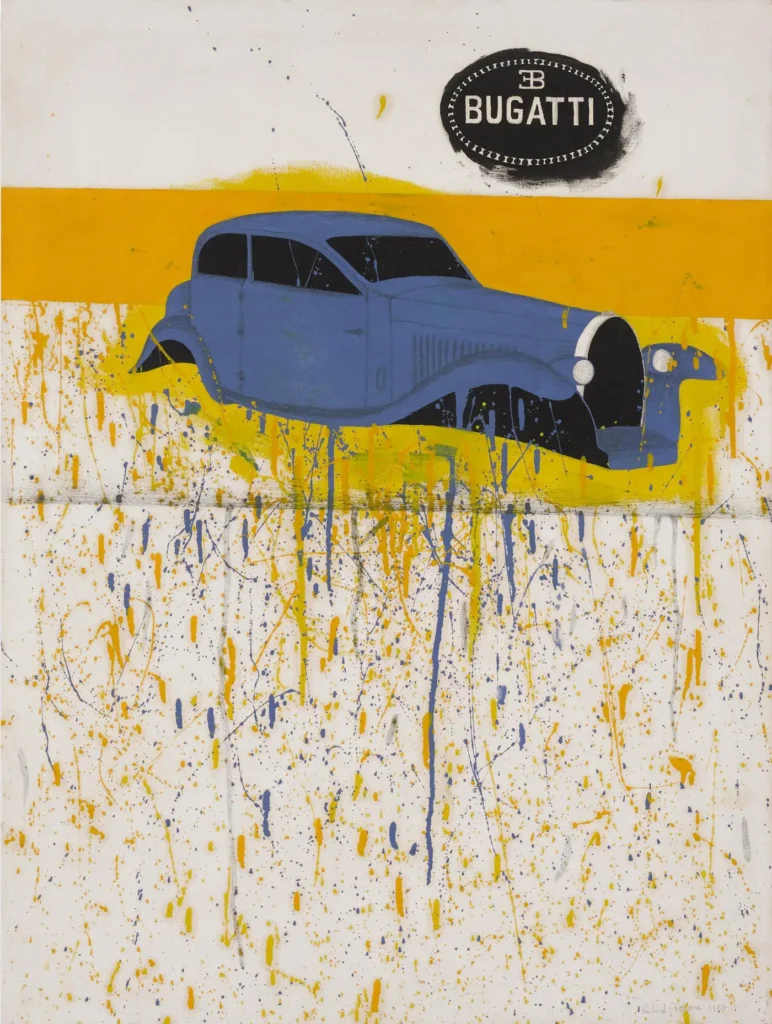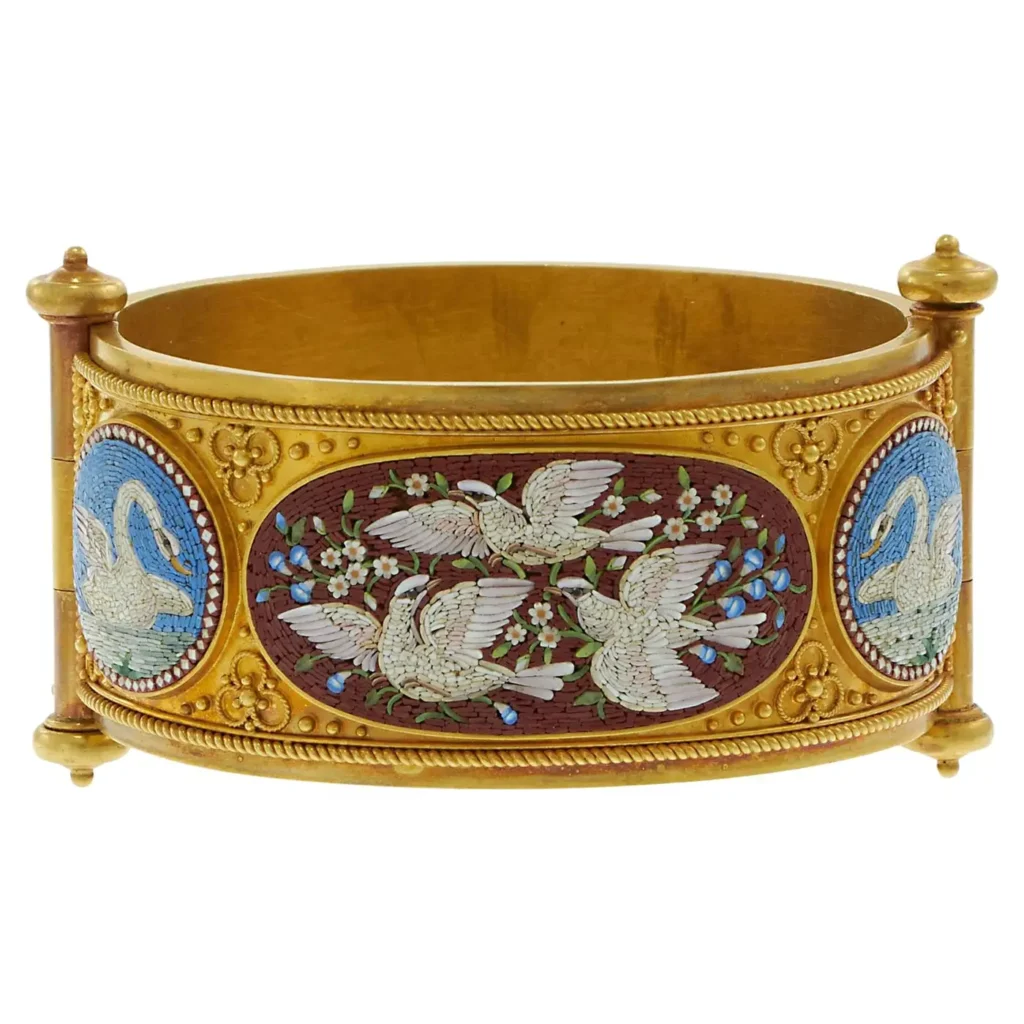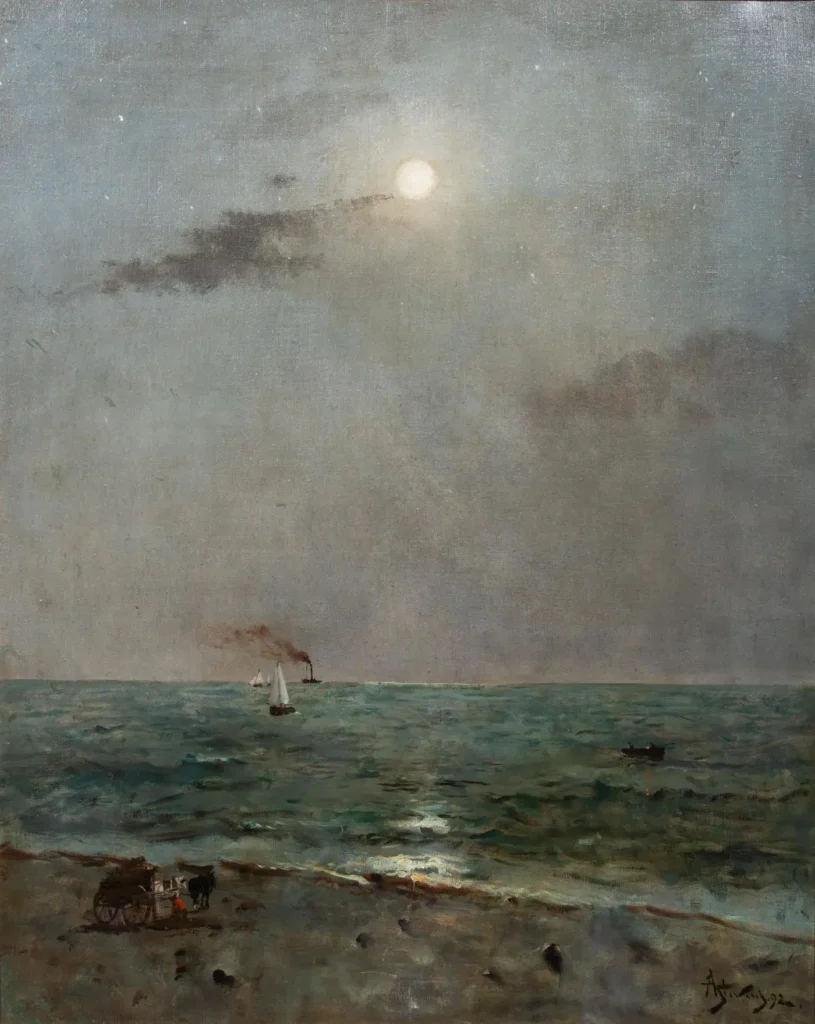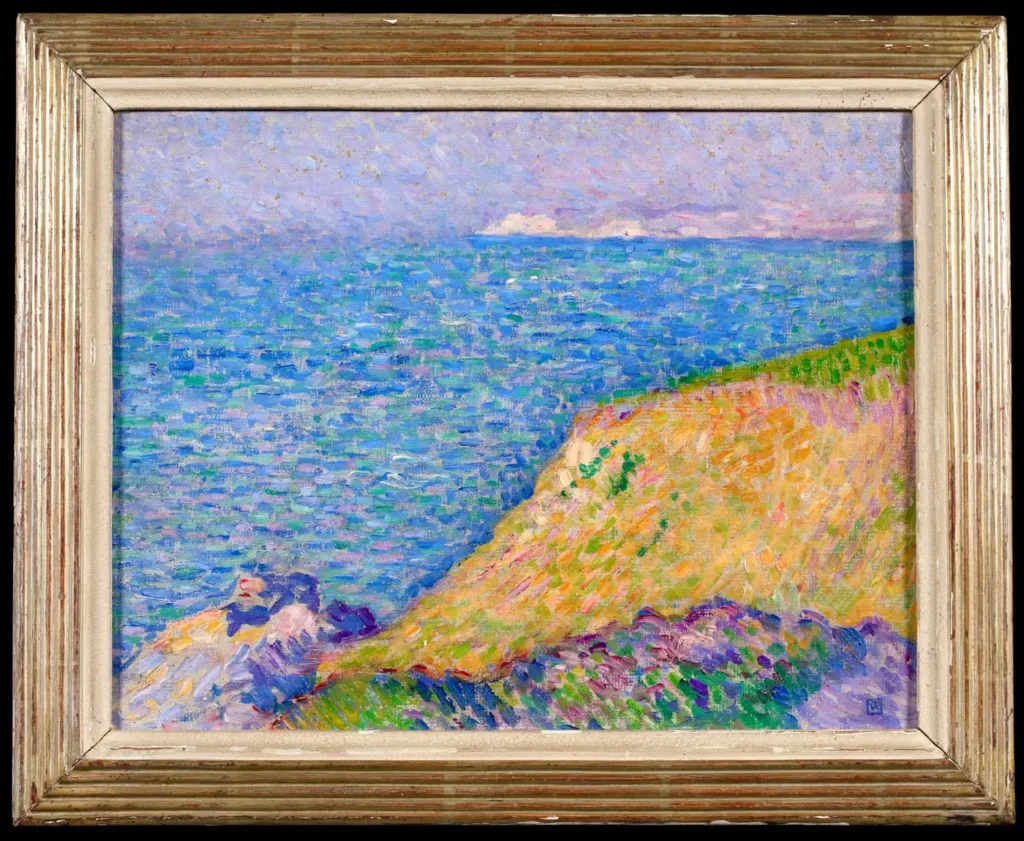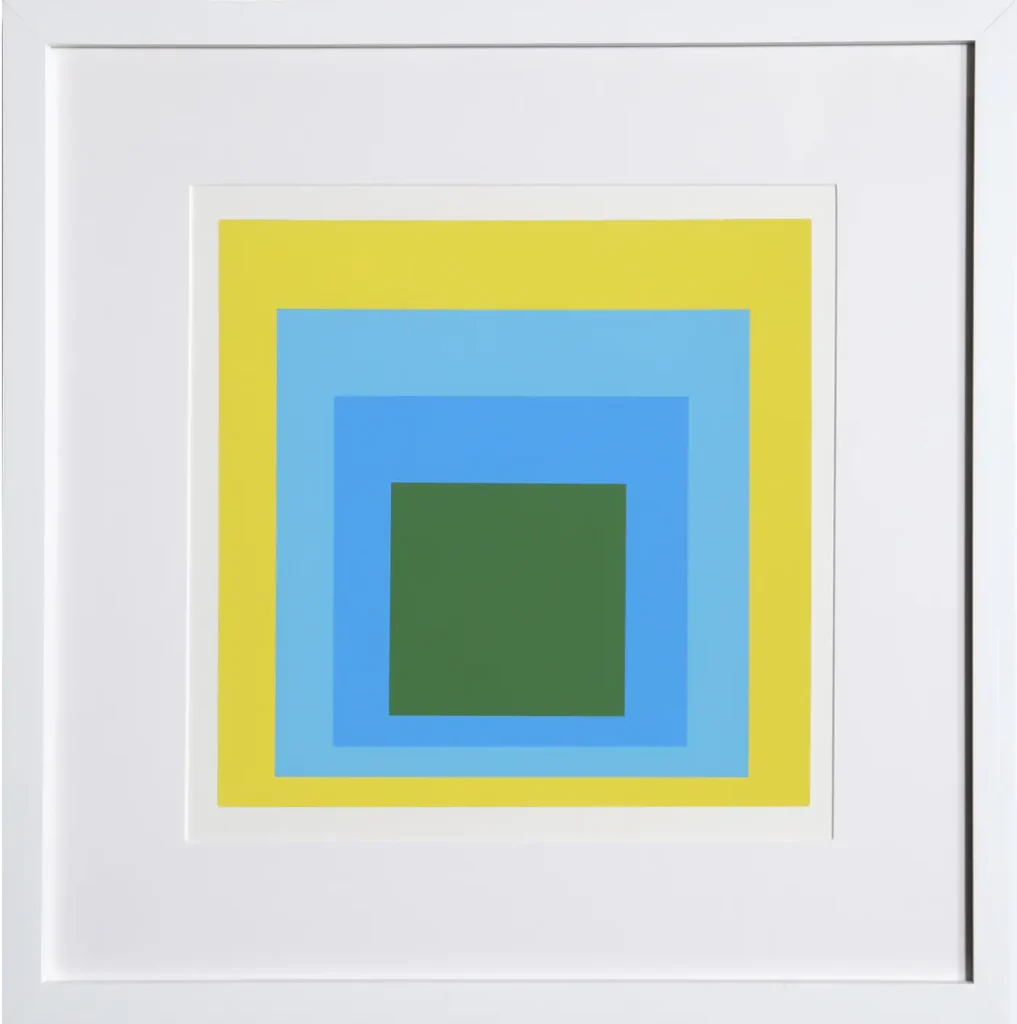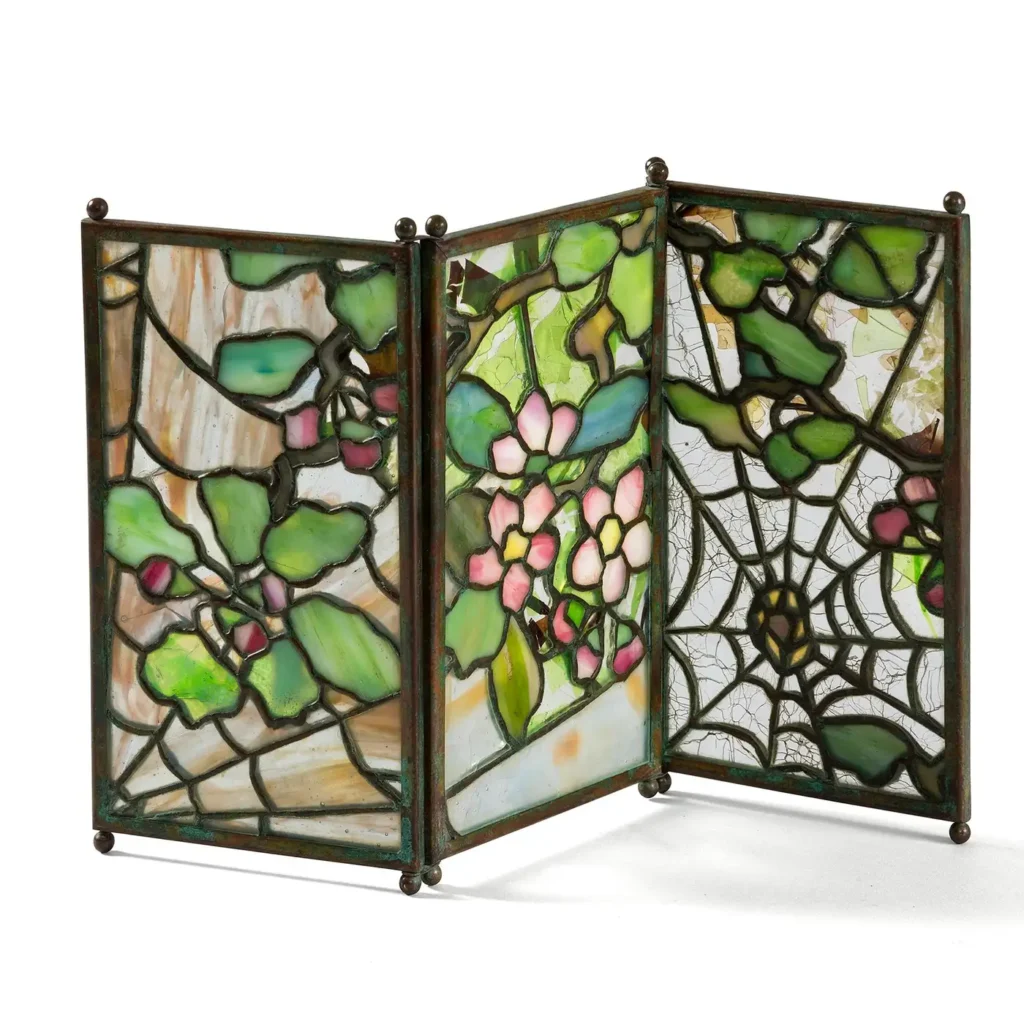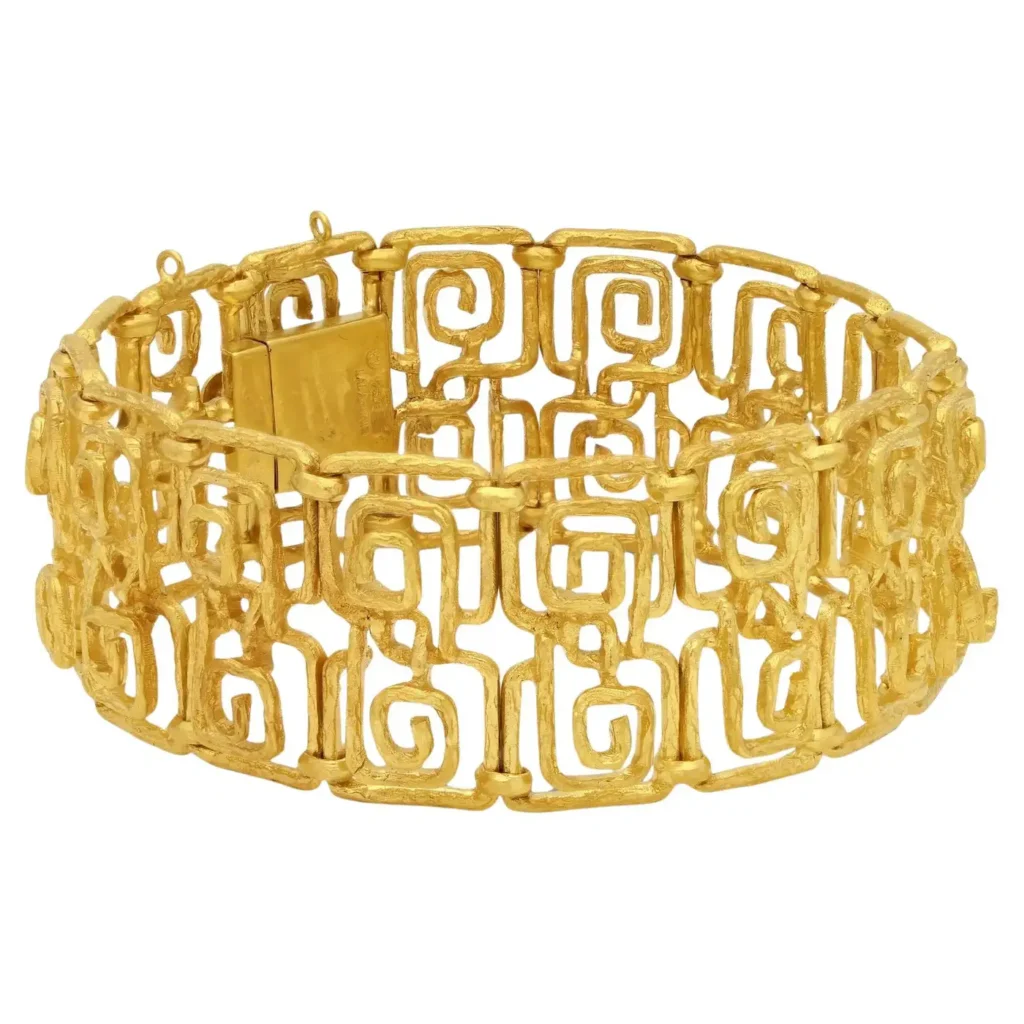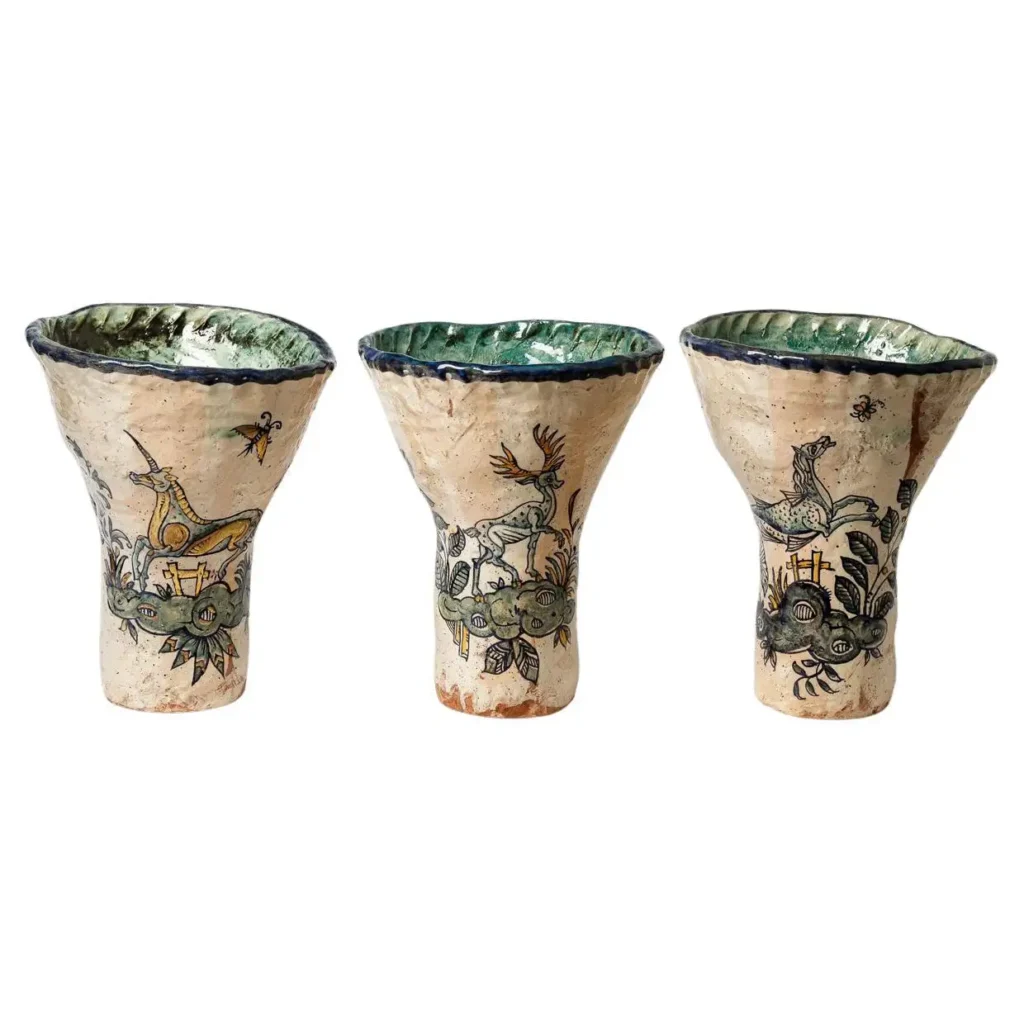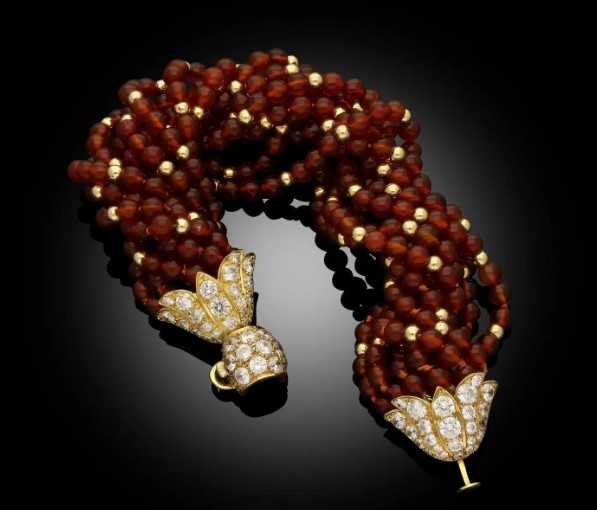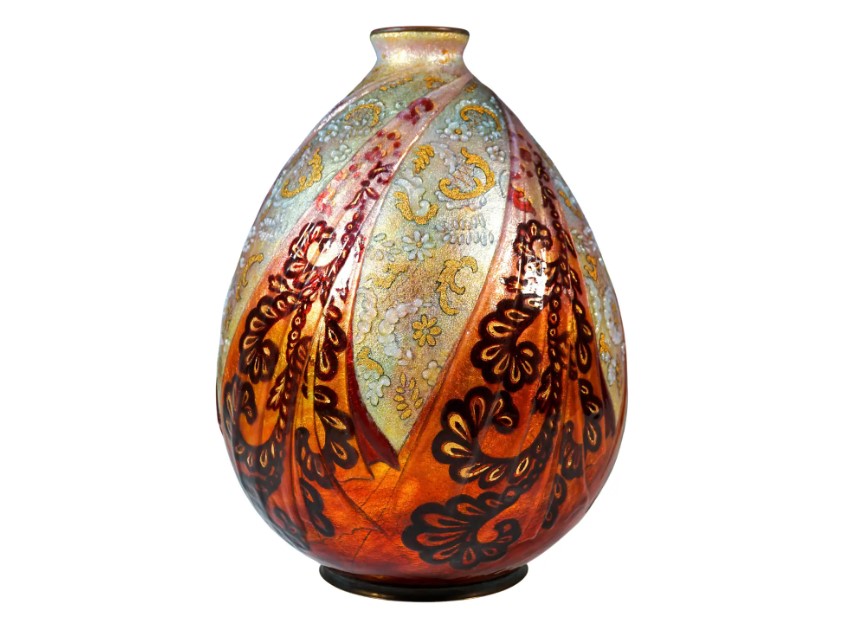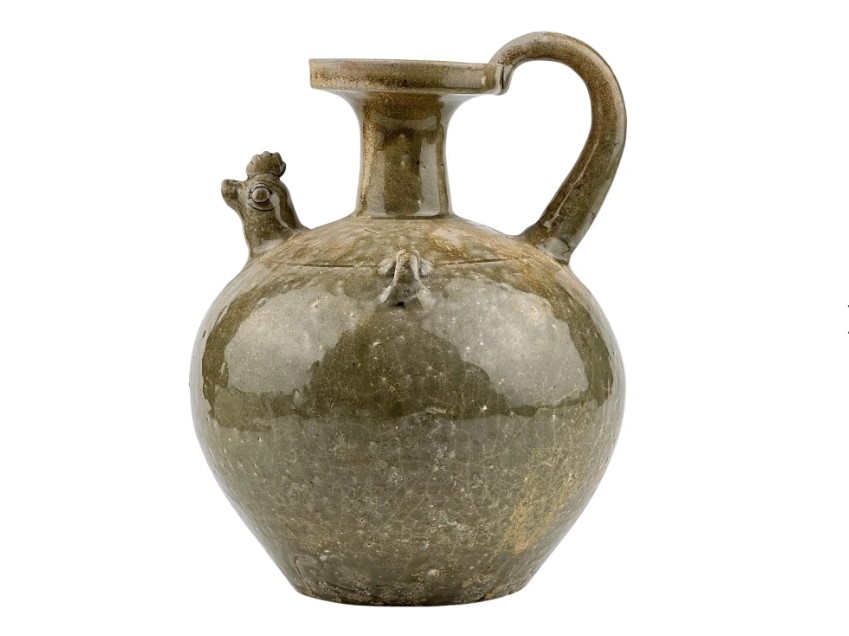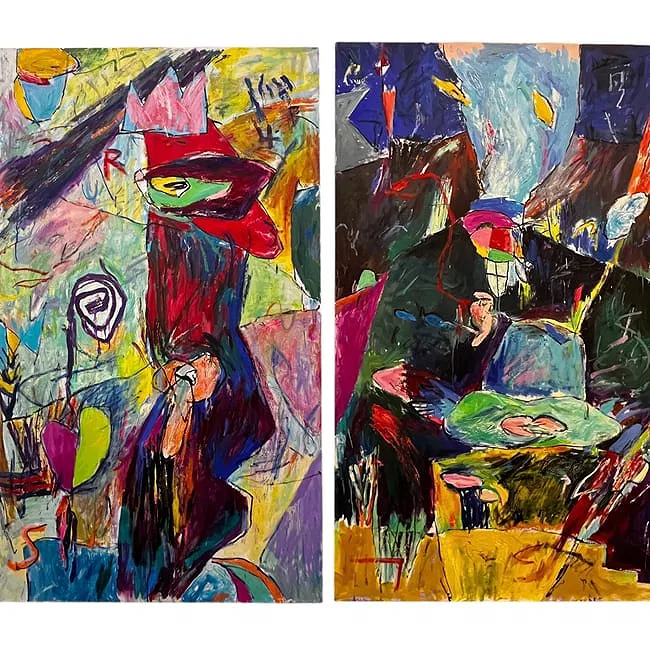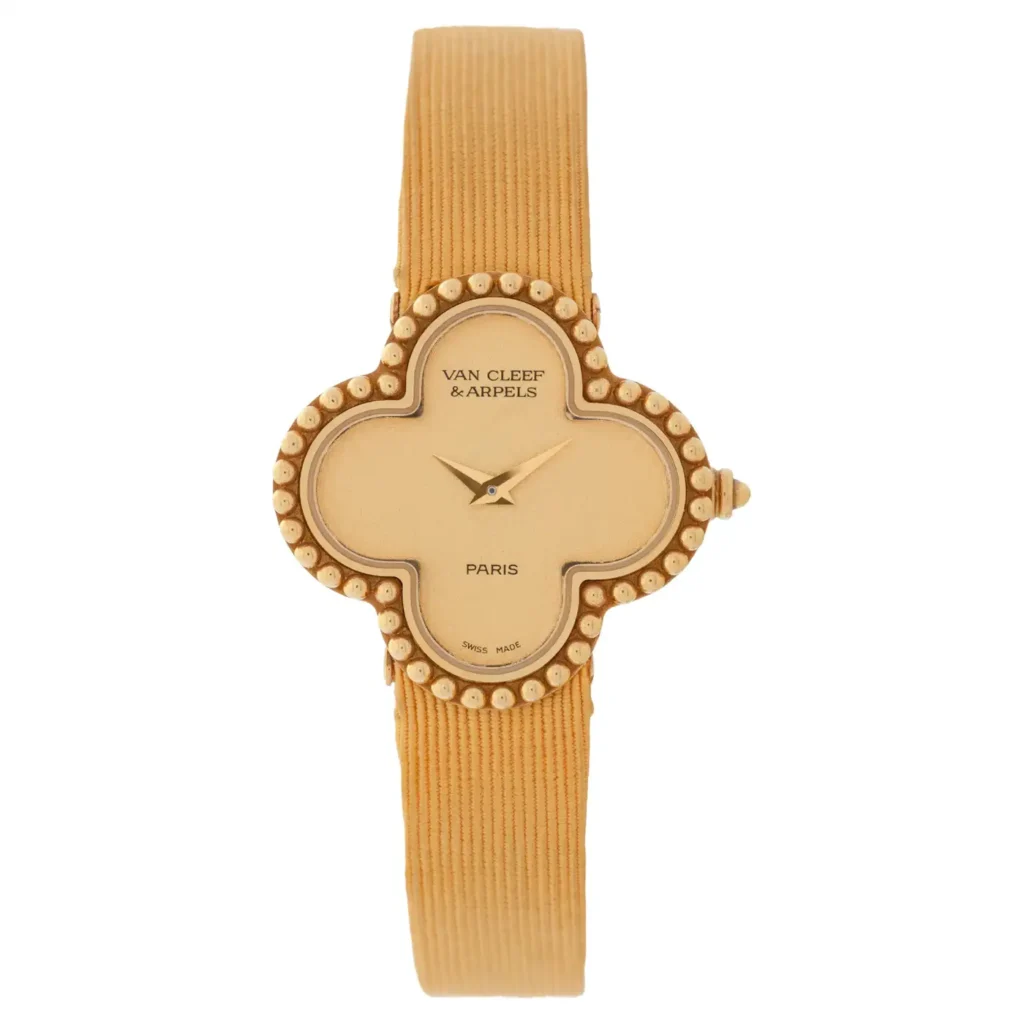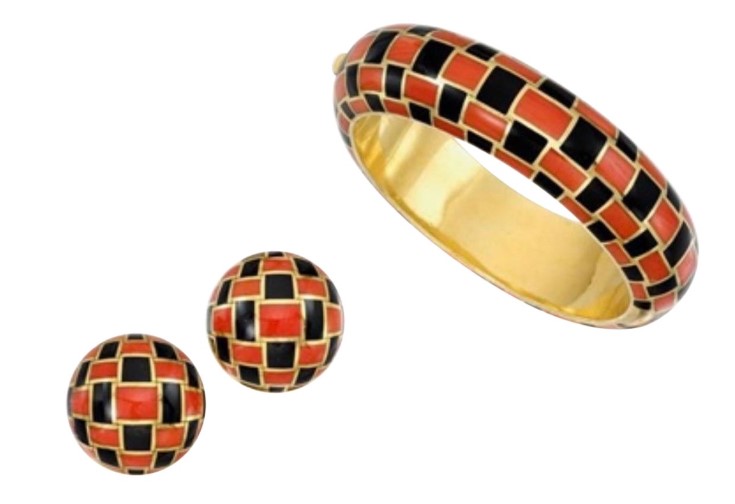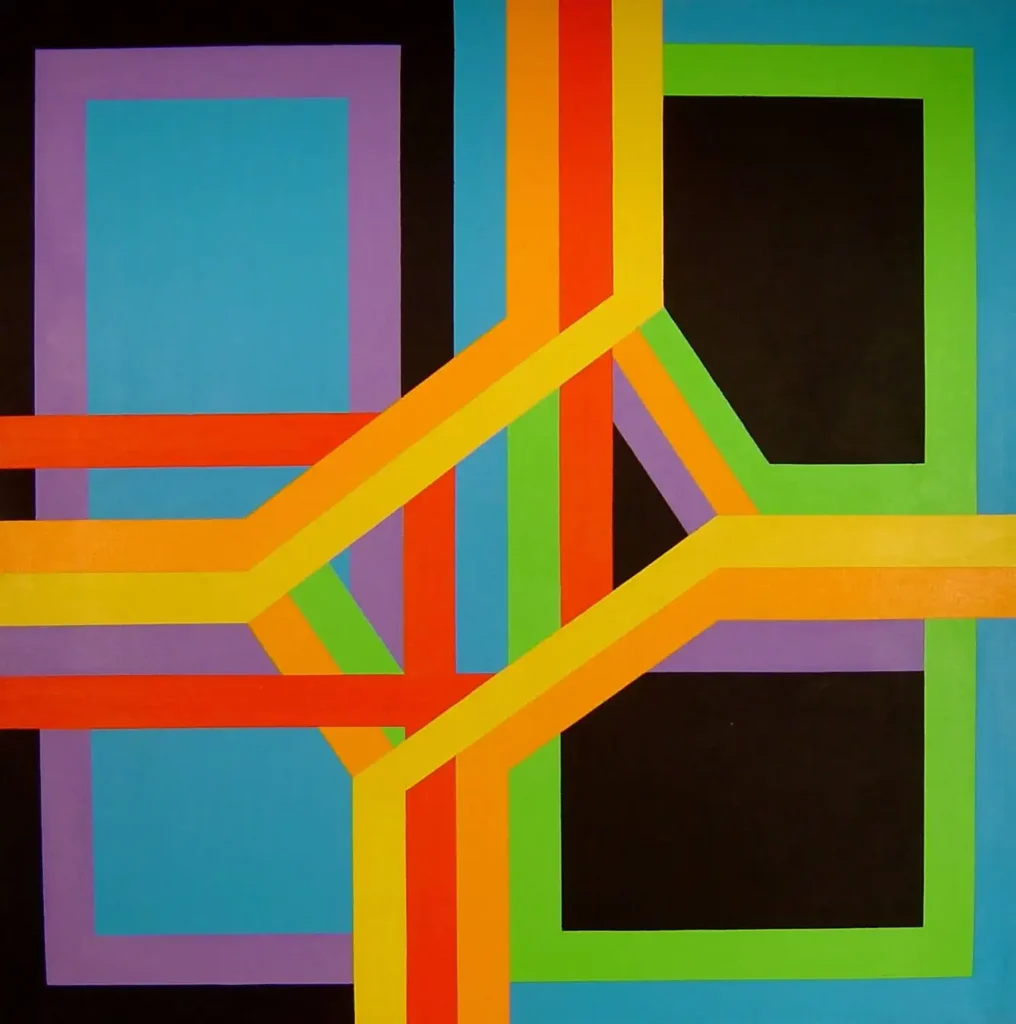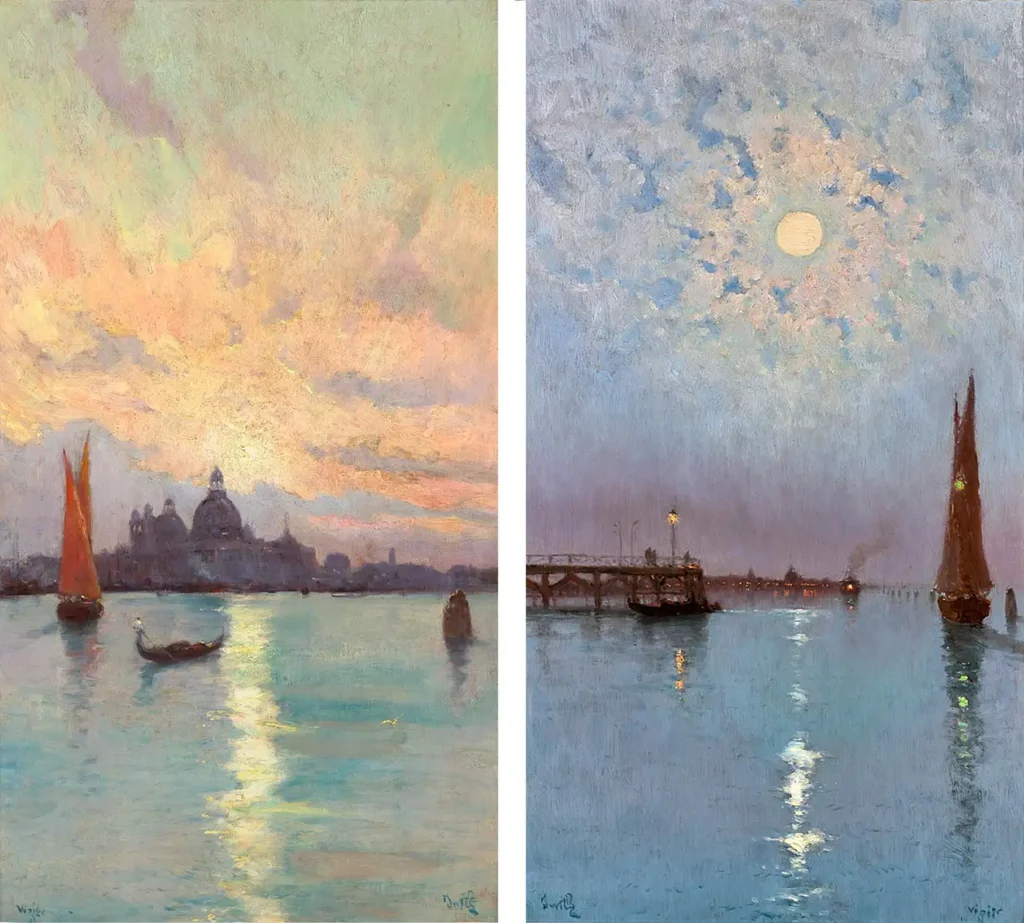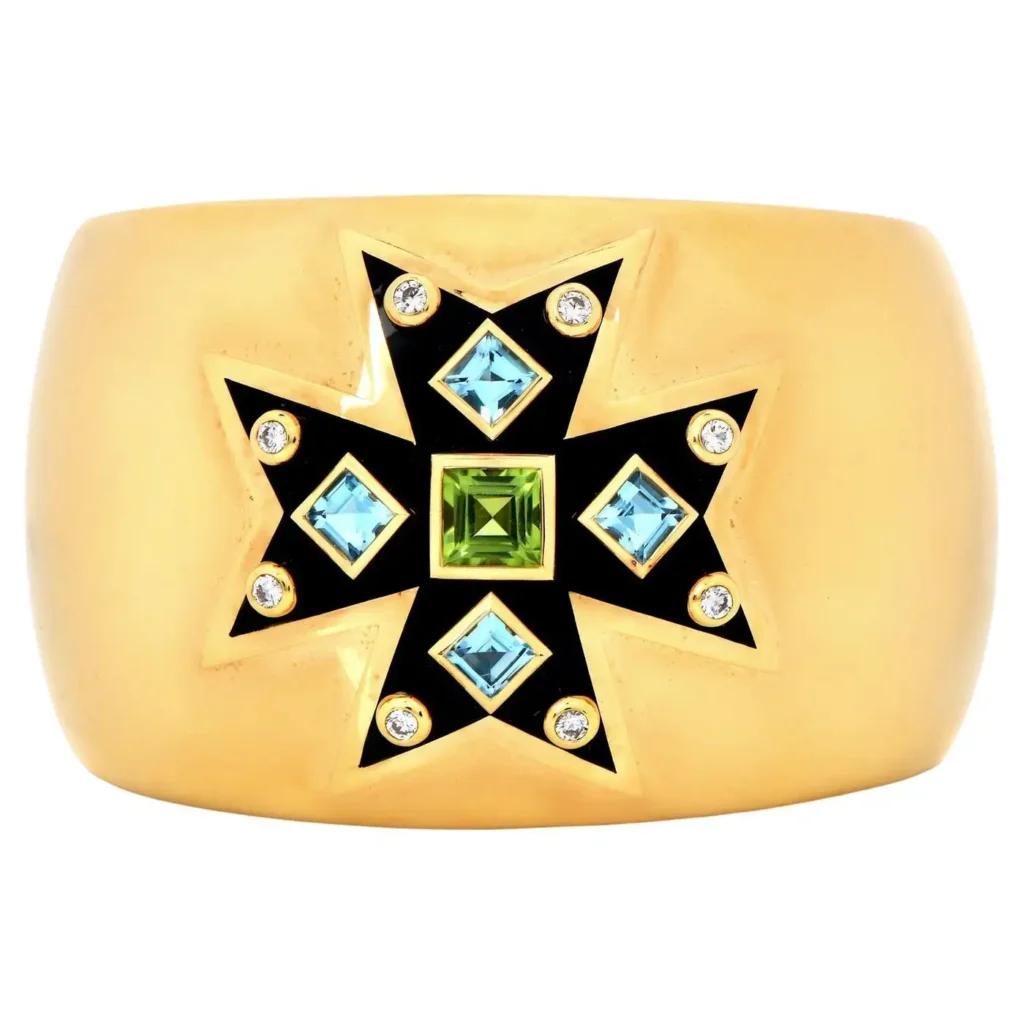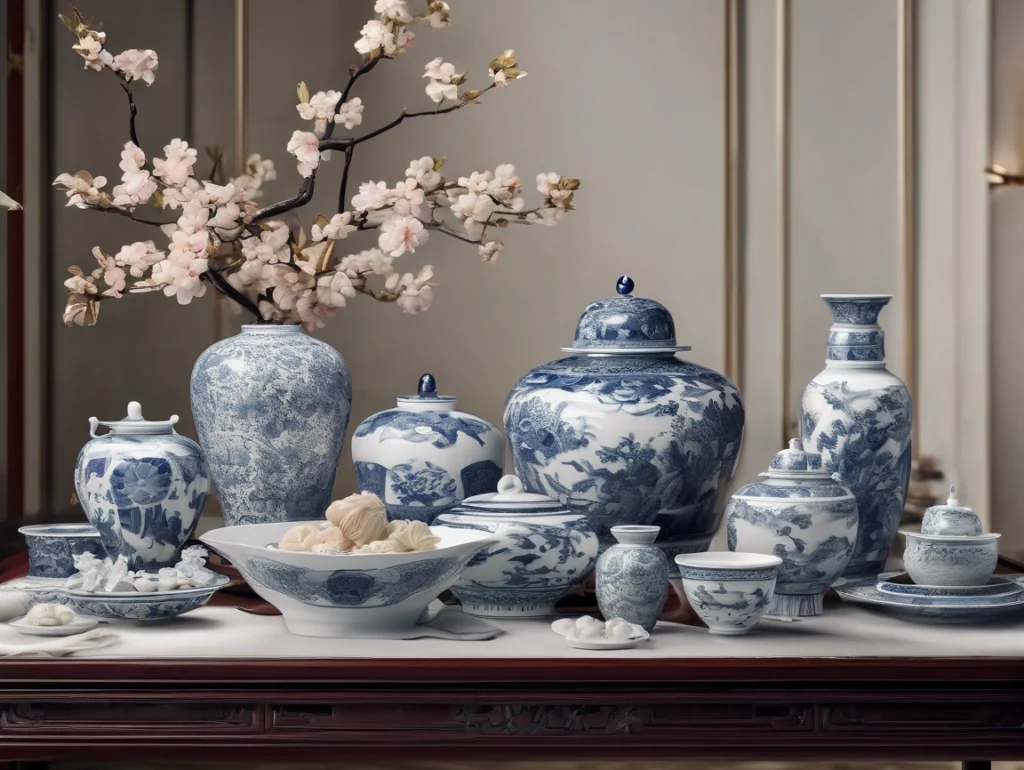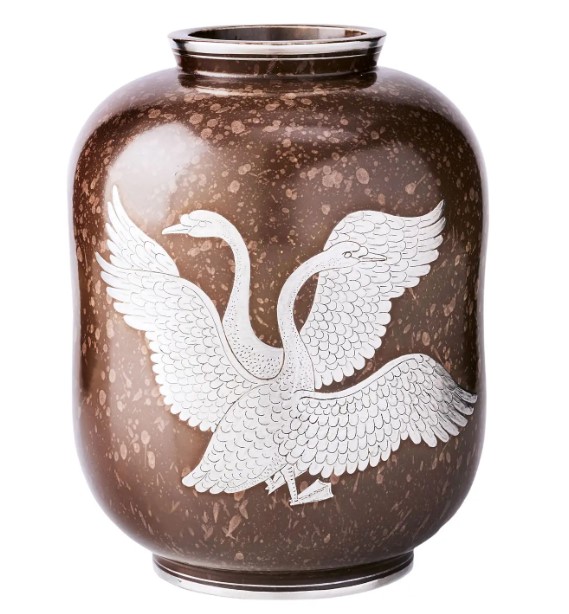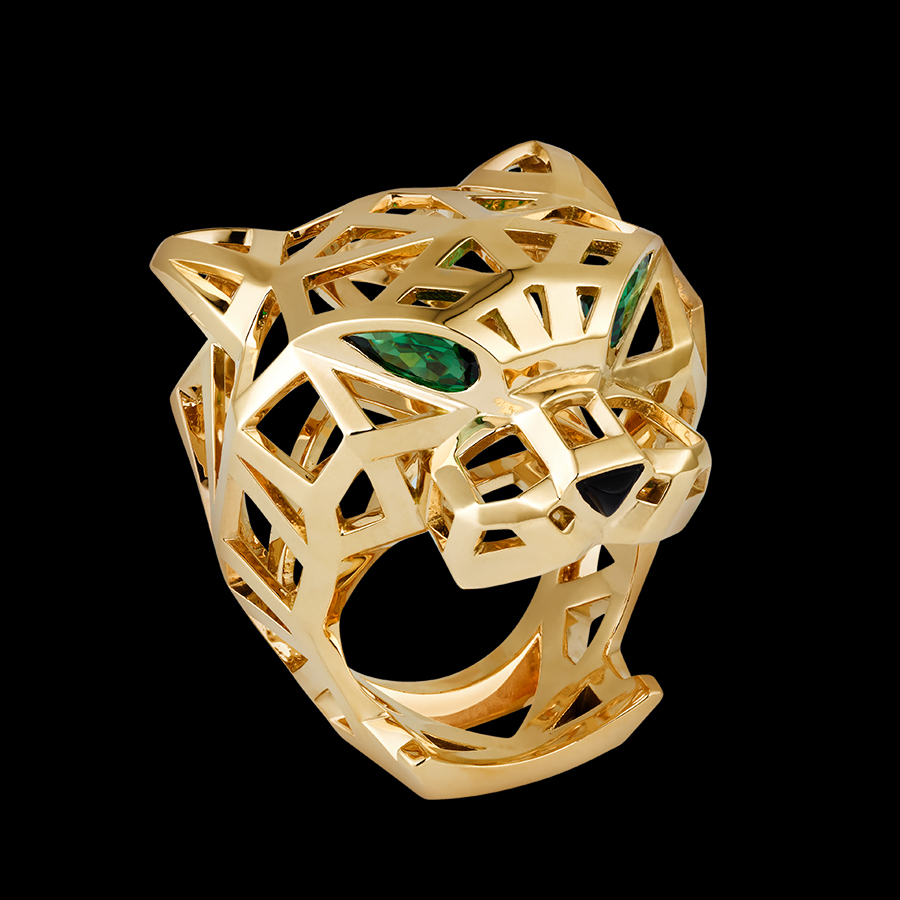Fine Art
Josef Albers
SHARE
Josef Albers: The Master of Color and Form
Josef Albers, a German-born artist and educator, is widely regarded as one of the most influential figures in the field of modern art. Born on March 19, 1888, in Bottrop, Germany, Albers’s artistic journey would take him from the Bauhaus school in Germany to the halls of Yale University, where he would leave an indelible mark on the world of color theory and abstract art.
Albers’s early artistic training began at the Bauhaus, the renowned German design school founded by Walter Gropius. Here, he studied under the tutelage of prominent figures such as Paul Klee and Wassily Kandinsky, who would profoundly influence his artistic development. Albers’s time at the Bauhaus instilled in him a deep appreciation for the interplay of form, color, and composition, which would become the hallmarks of his later work.
In 1933, Albers emigrated to the United States, where he would spend the remainder of his life. Settling in New Haven, Connecticut, he joined the faculty of Yale University, where he would teach for over two decades. During this time, Albers’s artistic practice evolved, and he began to focus more intently on the exploration of color and its psychological effects on the viewer.
One of Albers’s most significant contributions to the art world was his development of the “Homage to the Square” series, a body of work that would become synonymous with his name. These paintings, which feature a series of nested squares in varying hues, are a testament to Albers’s belief that color is the primary means of conveying visual and emotional experiences. Through his meticulous exploration of color relationships, Albers sought to demonstrate the power of color to shape perception and evoke different moods and sensations.
Albers’s “Homage to the Square” series is characterized by its geometric simplicity and its profound exploration of the interplay between color and form. Each painting in the series is a carefully constructed composition, with the nested squares serving as a framework for the exploration of color relationships. The paintings range from vibrant, saturated hues to more subdued, monochromatic palettes, each one a testament to Albers’s mastery of color theory.
In addition to his work as a painter, Albers was also a highly influential educator. His teachings on color theory and the principles of design had a profound impact on generations of artists and designers. Albers’s emphasis on the importance of direct observation and experimentation in the creative process has become a cornerstone of modern art education.
Albers’s legacy extends far beyond his own artistic practice. His work has inspired countless artists, designers, and educators, who continue to draw upon his insights into the nature of color, form, and the creative process. Today, Albers’s paintings are held in the collections of major museums around the world, and his teachings continue to shape the way we understand and engage with the visual arts.
In conclusion, Josef Albers was a true master of color and form, whose contributions to the world of modern art and design continue to resonate to this day. His “Homage to the Square” series and his teachings on color theory and design principles have left an indelible mark on the art world, and his legacy will continue to inspire and influence generations of artists and designers for years to come.

